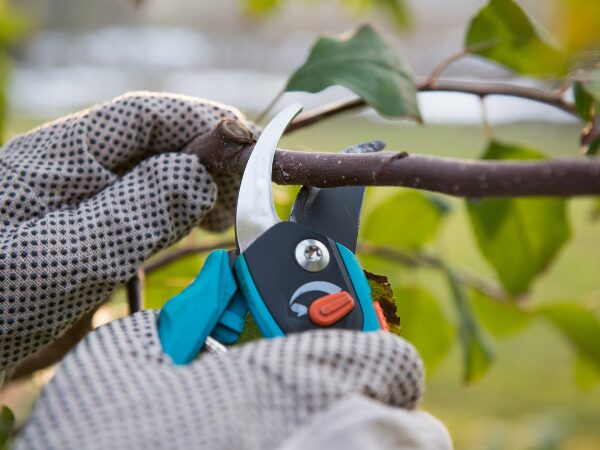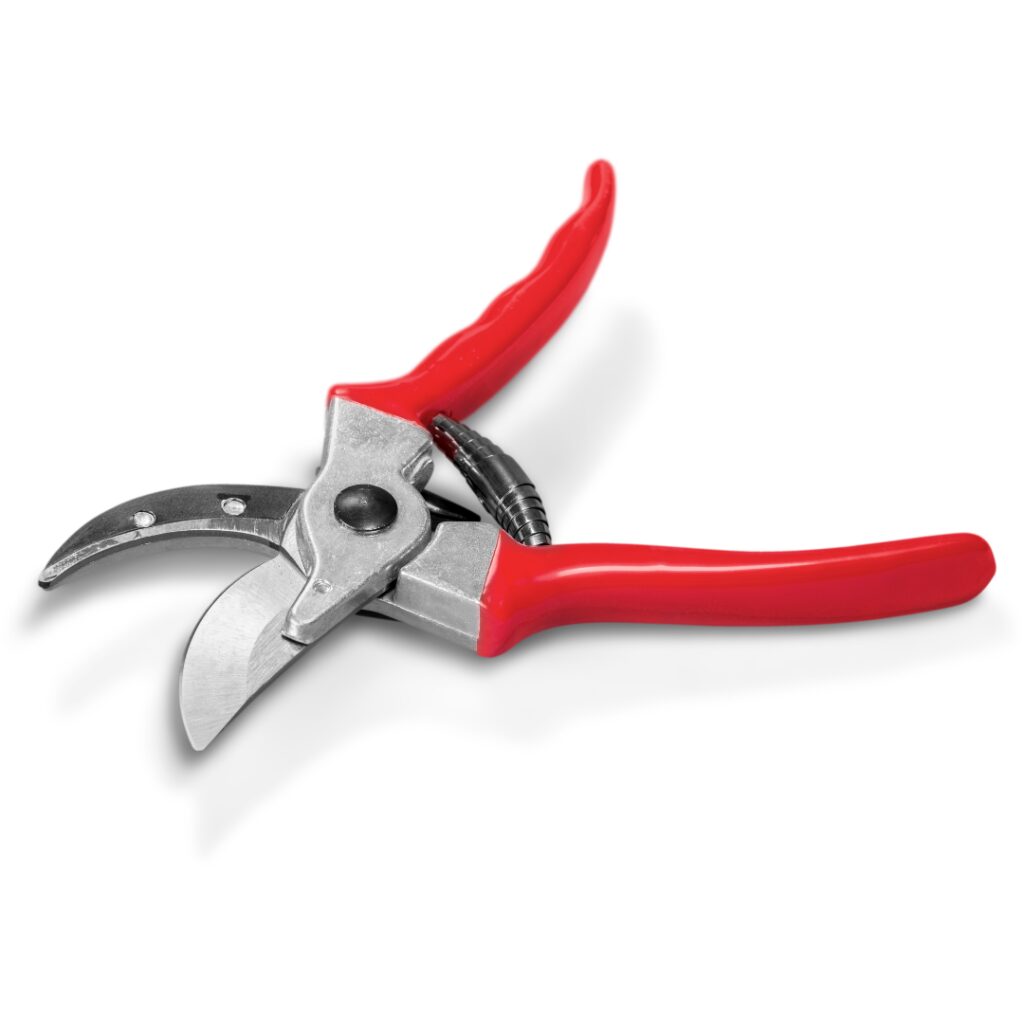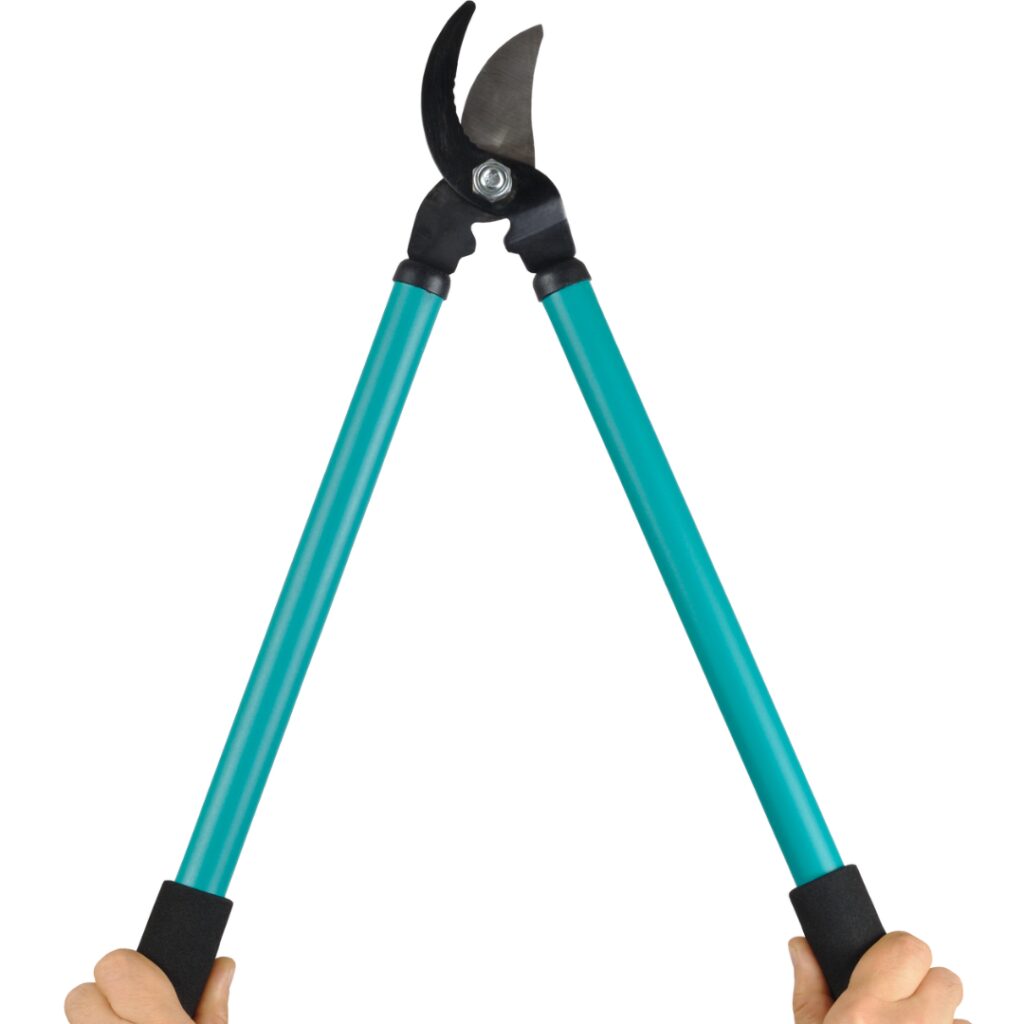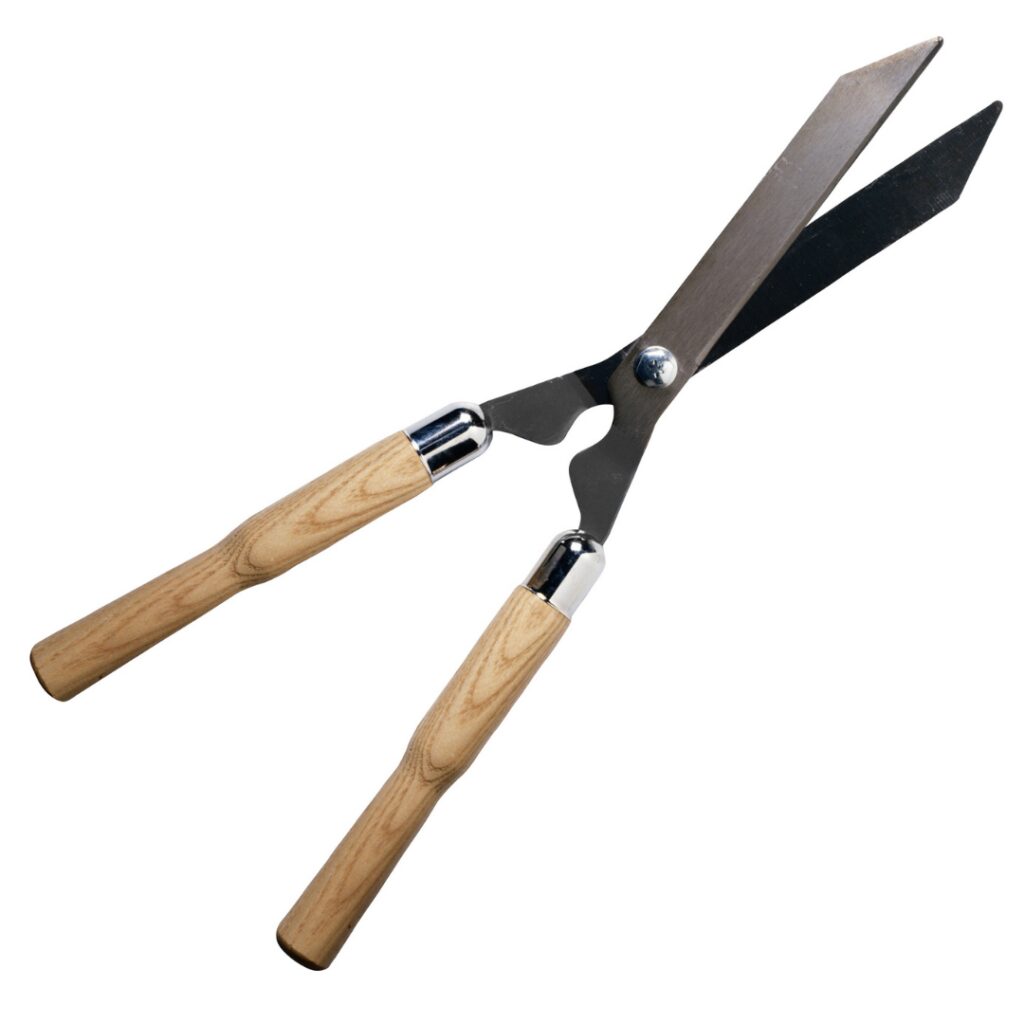
Pruning 101
Spring is here!! Well, sort of…. at least it is a great time to start thinking about getting our gardens in shape for another season. One aspect of gardening that is often misunderstood is pruning – we frequently get asked the common HOW, WHEN and WHAT in regards to trees, shrubs and evergreens. This article will give you some guidelines for shaping up your landscape!
TOOLS:
Pruning Shears Lopping Shears Hedge Shears
Handheld Pruning Shears: Use for cutting stems up to 13 mm in diameter. Great for pruning smaller shrubs, roses and evergreens.
Lopping Shears: Use for cutting through stems up to 38 mm in diameter. Longer handles provide extra leverage from thicker branches. For use on larger trees, shrubs and evergreens.
Hedge Shears: Use for trimming hedges where a neat line of foliage is the end goal, such as privet and evergreen hedges.
Pruning is key to ensuring your plants health and success for years to come. There are so many different types of plants that sometimes it is overwhelming to keep track of their individual needs. Generally speaking, the first thing to ask yourself is “when does this plant bloom?” If it is an early spring bloomer, typically waiting to prune until after the blooming is finished is ideal, but if it blooms at other times during the season, an early spring prune is usually recommended. Of course, there are ALWAYS exceptions to every rule; here are a few of the common trees, shrubs and evergreens and how/ when to prune them. If you are ever unsure of your plants pruning requirements, do not hesitate to come on in and ask us!
Pruning Evergreens
In early spring, pyramidal evergreens such as cedars and junipers can be lightly pruned with hedge shears to remove any winter killed tips. After the first flush of new growth around mid-June, pruning can be done to keep shape to your evergreens. Spruce and Fir produce buds along the branches, so the new growth should be pruned back by about half to encourage new buds at the cut. This will ensure your evergreens remain thick and dense. Pines do not produce buds along the branch, just at the tips. This new growth, often called ‘candles’, should be cut back by half each year near the end of June.
Spreading evergreens, such as cypress, should be pruned or thinned using the handheld pruning shears. The best way is to make the cut under an overhanging branch on the evergreen. This way the area pruned will remain unseen and the shape remains as a shaggy mop-head, instead of a uniform straight cut (unless that is the look you are going for).
Pruning Flowering Shrubs
As mentioned above, bloom period is often a determining factor as to when pruning should be done.
Best Time to Prune in Ontario.
Spring flowering shrubs and trees that should be pruned immediately after flowering: Forsythia, Flowering Almond, Lilac, Purpleleaf Sandcherry, Caragana, Deutzia, Rhododendron. For lilacs and rhododendrons, even if you don’t need to prune to maintain size, pruning out spent flowers will encourage more vigorous blooms next season.
Summer flowering shrubs and trees should be pruned early spring just as the plant is beginning to come into bud. Some examples are: Spirea, Potentilla, Butterfly Bush, Viburnum, Hydrangea (see specifics for hydrangeas). These should also be pruned after blooming to remove spent flowers.
Pruning Hydrangeas
Hydrangeas can be tricky to figure out exactly when to prune depending on the variety. This should help break it down:
- Big Leaf Types (macrophyllas) form flower buds on the previous year’s growth. DO NOT prune in spring as you will remove the buds, prune after blooming : Nikko Blue, Pink Elf, Forever Pink, Twist n shout
- Pee Gee Types (paniculatas) and Annabelle Types (arborescens) for flower buds on the current year’s growth. Prune hard in early spring when dormant to produce large flowers later in the summer: Pee Gee, Limelight, Pinky Winky, Annabelle, Incrediball
- Repeat Blooming Big Leaf Types form flower buds the previous year AND throughout the growing season. Prune in June after 1 st bloom: Endless Summer, All Summer Beauty, City Line Series,
Pruning Vines
Most flowering vines are vigorous growers and require a hard prune early spring: clematis(most varieties), honeysuckle, Silverlace vine, Virginia creeper, Boston ivy etc. Some clematis such as Nelly Moser and Duchess of Edinburgh flower on old wood and new wood, so gentle pruning of dieback is needed.
Pruning information courtesy of Landscape Ontario : http://landscapeontario.com/pruning-shrubs–evergreens



